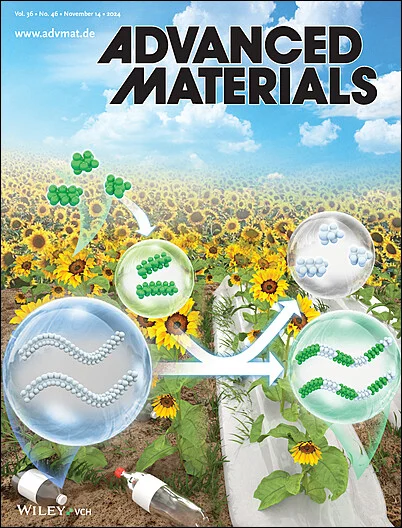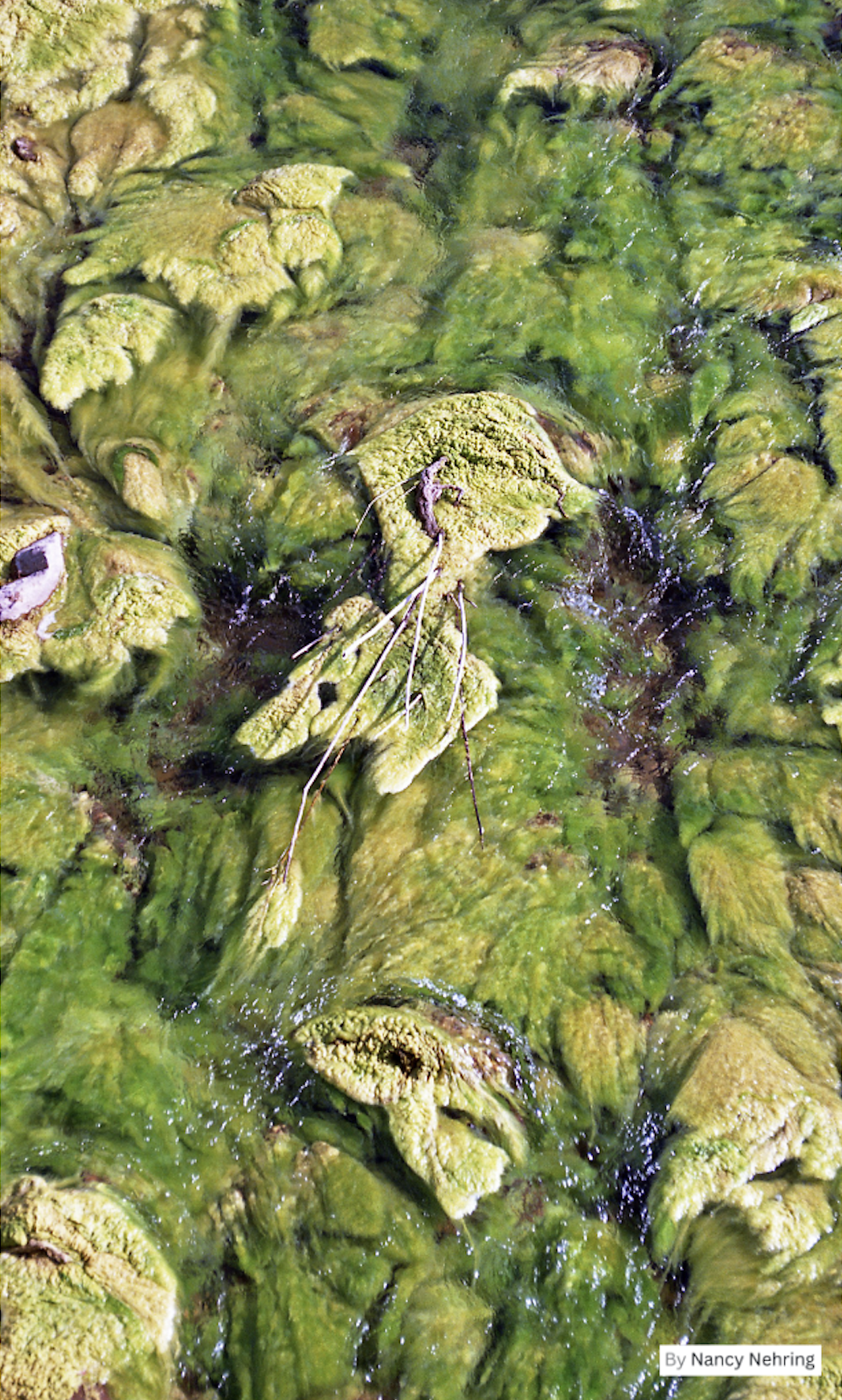Assembly of Silicate–Phenolic Network Coatings with Tunable Properties for Controlled Release of Small Molecules
, , , , , , , , , , . “Assembly of Silicate–Phenolic Network Coatings with Tunable Properties for Controlled Release of Small Molecules,” Advanced Materials. DOI: https://doi.org/10.1002/adma.202413349
Engineered coatings are pivotal for tailoring the surface properties and release profiles of materials for applications across diverse areas. However, developing robust coatings that can both encapsulate and controllably release cargo is challenging. Herein, a dynamic covalent coordination assembly strategy is used to engineer robust silicate-based coatings, termed silicate–phenolic networks (SPNs), using sodium metasilicate and phenolic ligands (tannic acid, gallic acid, pyrogallol). The coatings are pH-responsive (owing to the dynamic covalent bonding), and their hydrophobicity can be tuned upon their post-functionalization with hydrophobic gallates (propyl, octyl, lauryl gallates).
The potential of the SPN coatings for the controlled release of small molecules, such as urea (a widely used fertilizer), is demonstrated—controlled release of urea in soil is achieved in response to different pHs (up to 7 days) and different hydrophobicity (up to 14 days). Furthermore, leveraging the presence of silicon (within the coating) and post-functionalization of the SPN coatings with metal ions (Fe3+, Cu2+, Zn2+) generates a multipurpose delivery system for the sustained release of micronutrient fertilizers, and silicon and metal ions, over 28 and 14 days, respectively. These SPN coatings have potential applications beyond agriculture, including nutrient delivery, separations, food packaging, and medical device fabrication.




